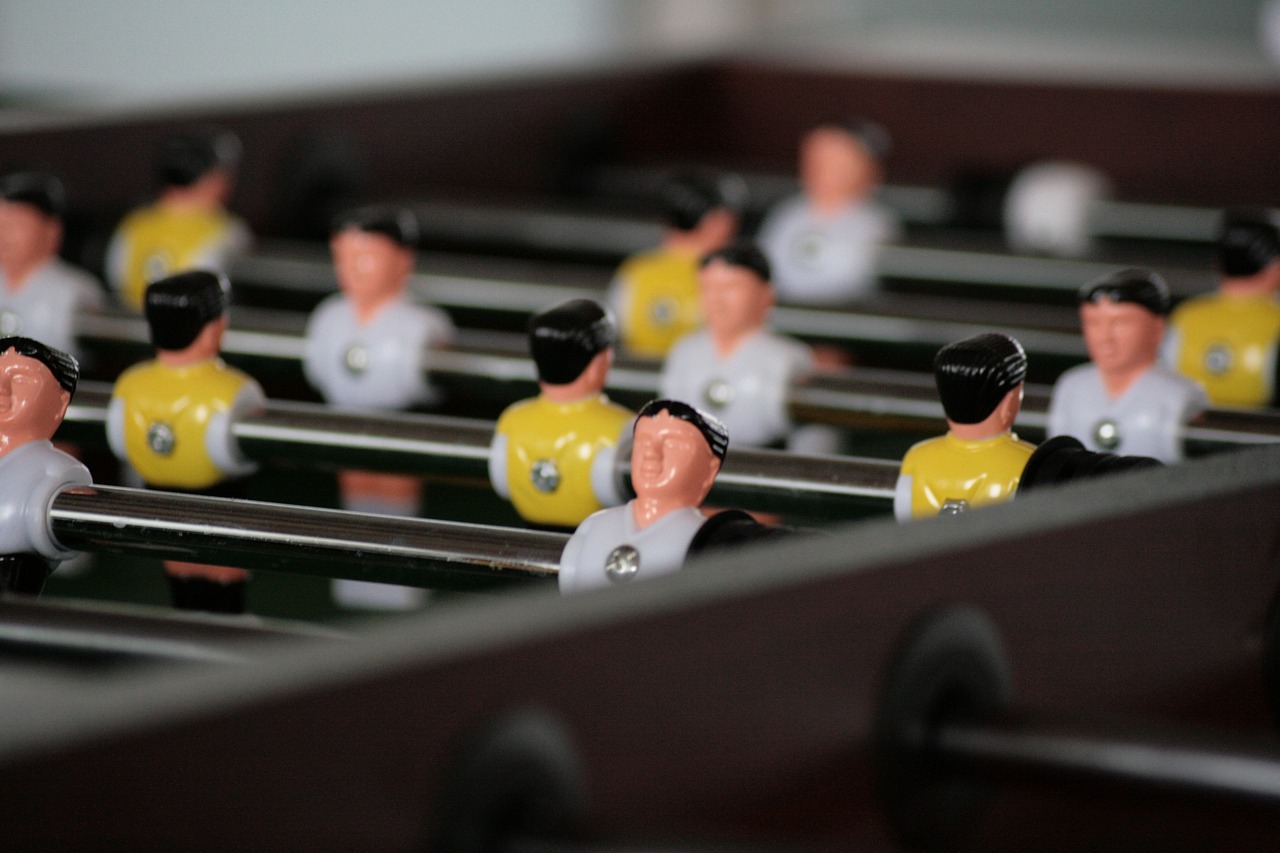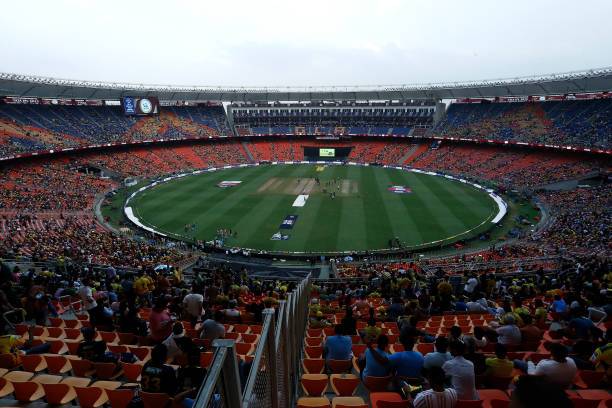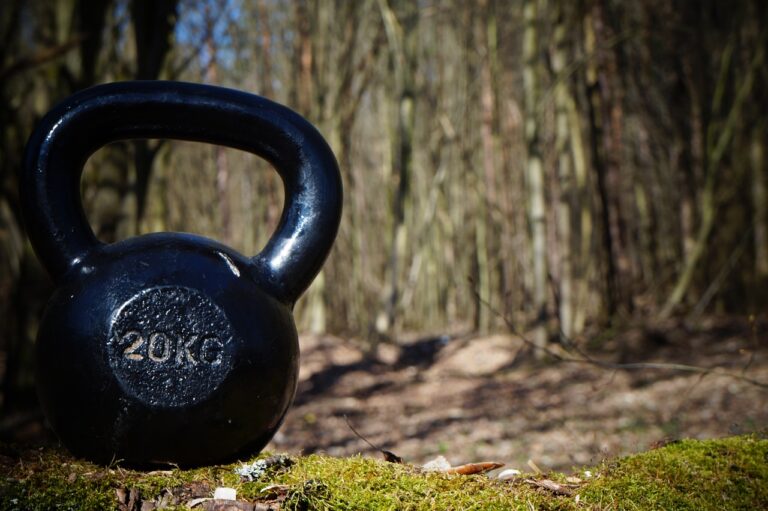Spotlight on Indoor Stadium Maintenance Challenges: Betbhai.com exchange, Play99 exchange, Gold365 registration
betbhai.com exchange, play99 exchange, gold365 registration: Maintaining an indoor stadium is no easy feat. With large crowds, high-traffic areas, and constant events, keeping the facility in top condition is a demanding task. From cleaning to repairs to general upkeep, there are numerous challenges that stadium operators face on a daily basis. In this article, we’ll take a closer look at some of the spotlight on indoor stadium maintenance challenges.
1. Wear and Tear:
One of the most common maintenance challenges in indoor stadiums is wear and tear. With thousands of people walking through the venue each week, floors, seats, walls, and other surfaces can quickly become worn down and damaged.
2. Cleaning and Sanitation:
Maintaining cleanliness and sanitation in an indoor stadium is essential for the health and safety of both staff and visitors. Regular cleaning of restrooms, concession stands, seating areas, and other high-traffic zones is crucial to prevent the spread of germs and maintain a positive experience for patrons.
3. HVAC Systems:
Indoor stadiums require effective heating, ventilation, and air conditioning (HVAC) systems to ensure a comfortable environment for visitors. Keeping these systems running smoothly and efficiently is essential to prevent issues such as poor air quality, temperature fluctuations, and equipment breakdowns.
4. Lighting and Electrical Systems:
Proper lighting is essential for events in indoor stadiums, as well as for the safety and security of visitors. Regular maintenance of lighting fixtures and electrical systems is crucial to prevent outages, flickering lights, and other issues that can disrupt events and create hazards.
5. Structural Integrity:
Ensuring the structural integrity of an indoor stadium is essential for the safety of all occupants. Regular inspections and maintenance of the building’s foundation, walls, roof, and other structural components are necessary to prevent issues such as leaks, cracks, and collapses.
6. Waste Management:
With large crowds comes a significant amount of waste. Effective waste management practices, including regular trash removal, recycling programs, and composting initiatives, are essential to keep indoor stadiums clean and environmentally friendly.
7. Security and Surveillance:
Maintaining a safe and secure environment for visitors is a top priority for indoor stadium operators. Regular maintenance of security systems, surveillance cameras, access control measures, and other safety measures is essential to prevent unauthorized access, criminal activity, and other security threats.
8. Emergency Preparedness:
Indoor stadiums must be prepared for emergencies such as fires, natural disasters, medical incidents, and other unforeseen events. Regular maintenance of emergency exits, fire suppression systems, first aid stations, and other emergency response measures is essential to ensure the safety and well-being of all occupants.
FAQs:
Q: How often should indoor stadiums undergo maintenance?
A: Indoor stadiums should undergo regular maintenance, including daily cleaning, weekly inspections, monthly repairs, and annual assessments, to ensure the facility remains in top condition.
Q: Who is responsible for indoor stadium maintenance?
A: Indoor stadium maintenance is typically the responsibility of facility managers, maintenance staff, and contracted service providers who are trained in building operations and maintenance.
Q: How can indoor stadiums improve maintenance practices?
A: Indoor stadiums can improve maintenance practices by implementing preventive maintenance programs, using advanced technology for monitoring and management, training staff on best practices, and establishing partnerships with reputable service providers.
In conclusion, indoor stadium maintenance presents a host of challenges that require careful attention and proactive solutions. By addressing issues such as wear and tear, cleaning and sanitation, HVAC systems, lighting and electrical systems, structural integrity, waste management, security and surveillance, and emergency preparedness, operators can ensure their facility remains a safe, comfortable, and enjoyable space for all visitors.







